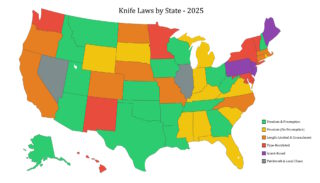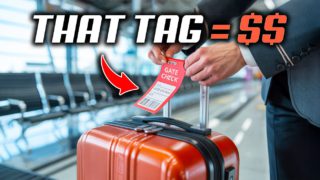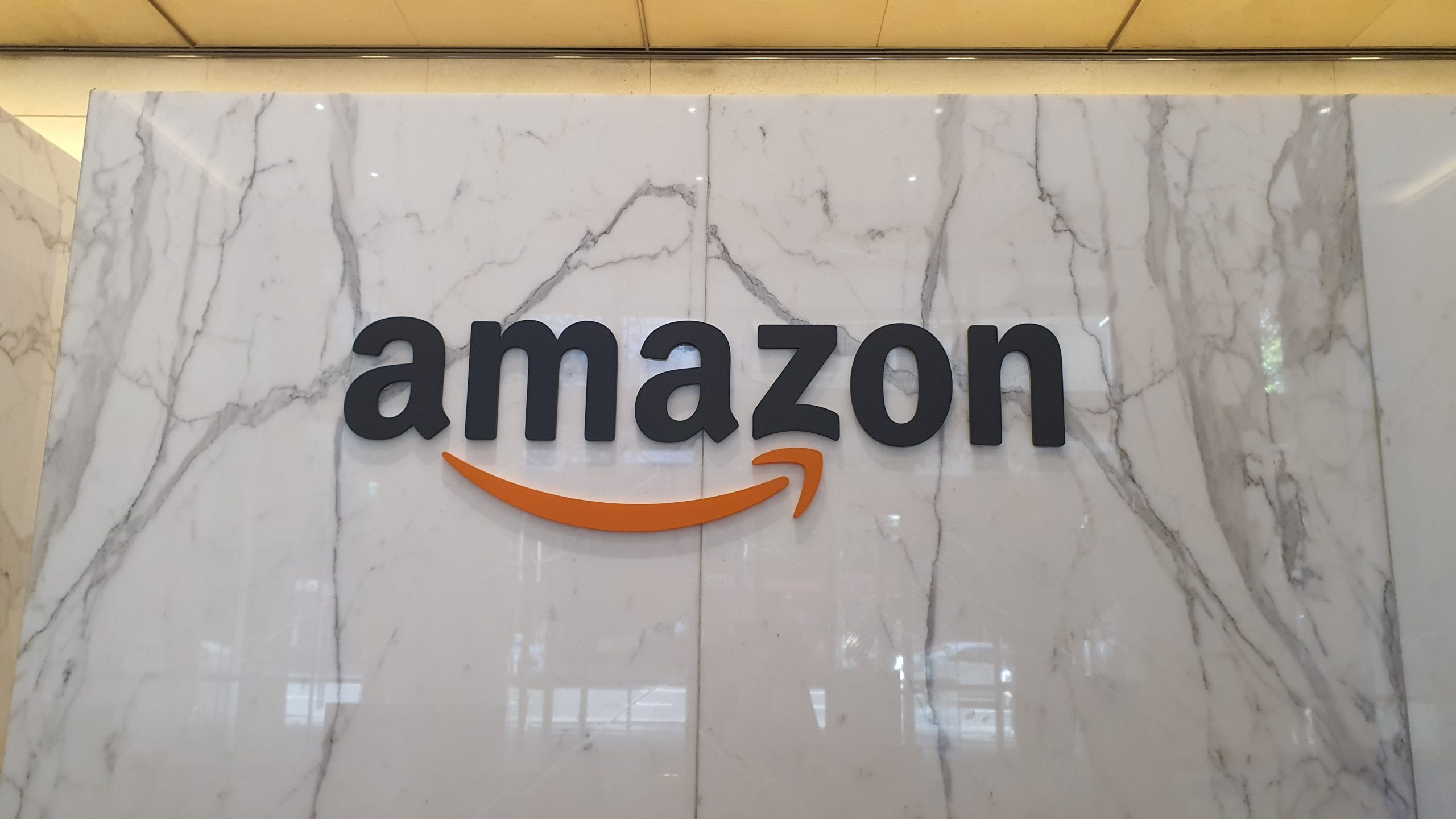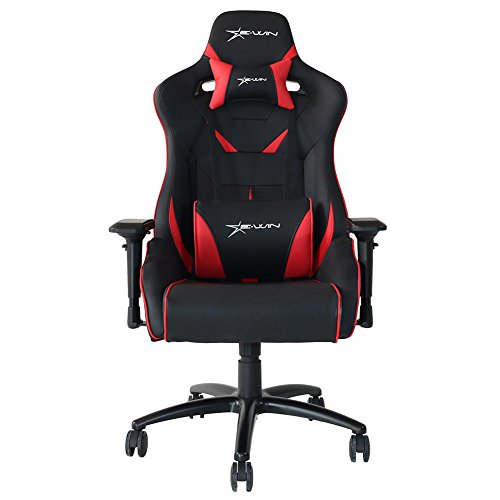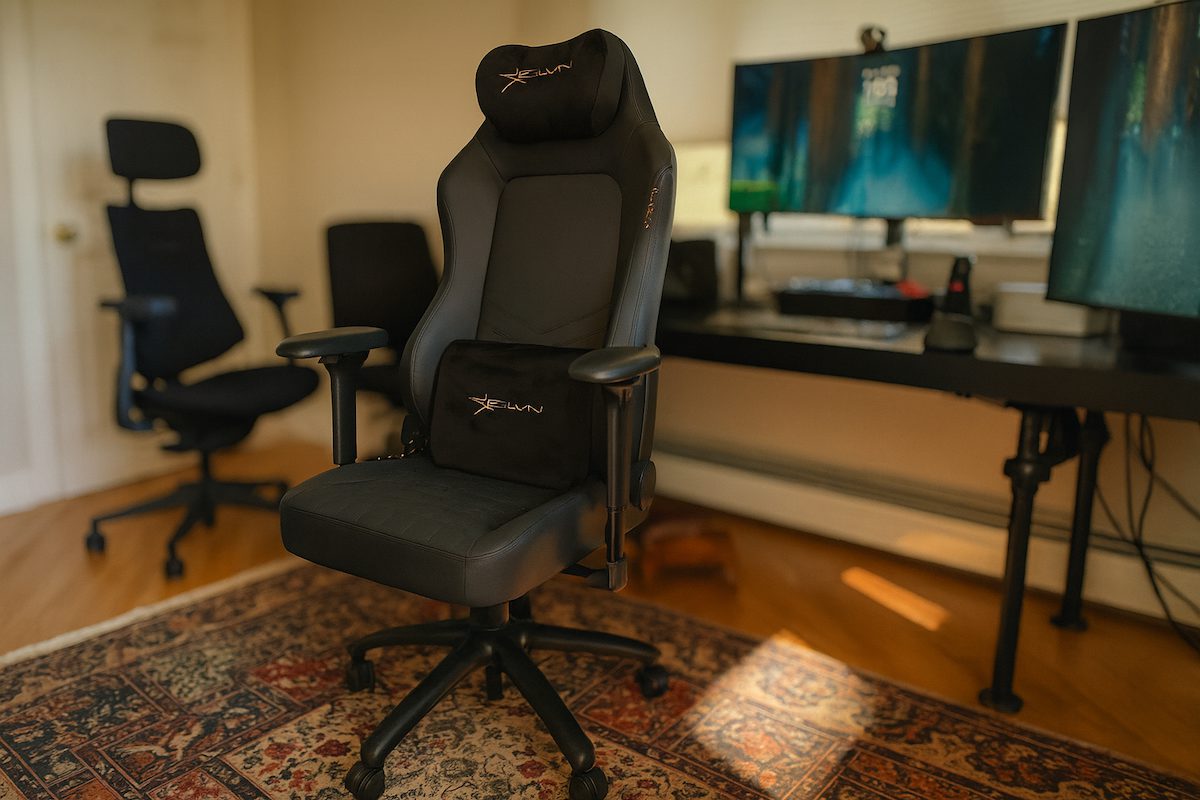The global economy is about to get screwed harder than a reality TV contestant trying to extend their 15 minutes of fame. Over 100 countries face new taxes on exported goods within months. Grocery bills and household expenses? They’re climbing faster than a Kardashian’s Instagram follower count after a controversy. These tariffs won’t just influence product pricing but also availability and spending power.
Stock up before the hikes hit and you’re stuck shelling out a Jackson for things that used to cost Lincolns.
10. Personal Hygiene Products

Let’s talk about that bathroom cabinet, shall we? Stocking up on personal hygiene items is about as optional as wearing pants to a job interview. These goods see daily use, making them household necessities. Manufacturers produce many items overseas, so anticipate price hikes of 15-20% because of new tariffs. That fancy organic toothpaste you love? It’s about to cost more than a designer cocktail in Manhattan.
Soap, toothpaste, and toothbrushes belong at the top of your list. Don’t forget shampoo, deodorant, and razors too. What’s the alternative—licking yourself clean like a cat? Create a rotation system in your bathroom closet by placing newer purchases behind older ones. Or just throw everything in a pile like your bathroom cabinet is hosting its own chaotic product convention.
9. Generic Medications and First Aid Supplies
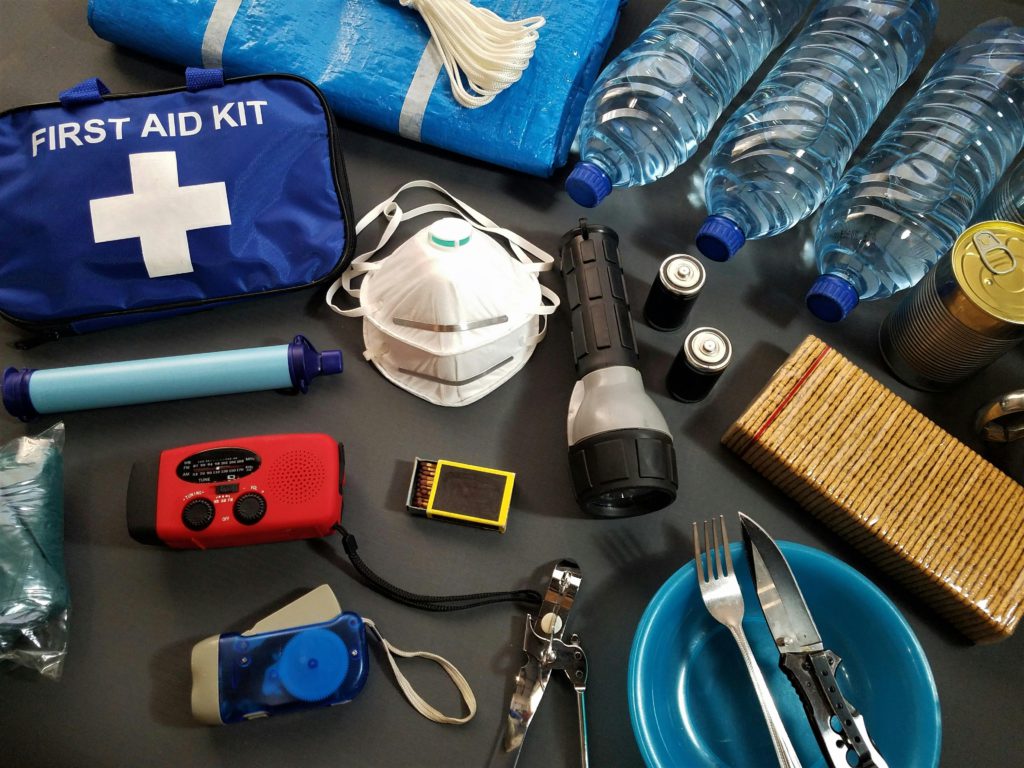
The United States imports 70-80% of generic drug ingredients, with China and India supplying most of these vital medicines. Oh dear, that’s like trusting your diet to someone who owns a candy factory. When tariffs hit, prices for crucial medications could jump 10-25% almost overnight. Because apparently healthcare in America isn’t already expensive enough to make a billionaire blush.
Pain relievers like acetaminophen and ibuprofen will cost more than premium vodka per ounce. Stock up on cold, flu, and allergy meds before winter arrives and your nose starts running like it’s training for a marathon. Your stockpile should include bandages, gauzes, and wraps. Store medications in cool, dry places away from sunlight to maximize shelf life. Bathroom medicine cabinets are as logical for medicine storage as bikinis are for snowstorms. Aim for a 3-6 month supply unless you enjoy paying triple at the peak of flu season.
8. Electronics and Accessories

Gadget prices fluctuate more wildly than dating app users’ standards after midnight. Essential electronics largely come from overseas factories. Foreign components are standard in almost everything electronic, making price increases of 20-30% likely within months. But hey, who doesn’t want to pay EVEN MORE for a phone that’ll be obsolete faster than last season’s Bachelor couples?
Power banks become as necessary as coffee after a night out when the power goes out. Flashlights and headlamps? You’ll be grateful for them during emergencies unless stumbling around in the dark burning candles like it’s 1823 is your aesthetic. Stock various battery sizes before prices climb further. Phone charging cables disappear more mysteriously than socks in the dryer. Small appliances like electric kettles and fans will be hit hard too. Industry analysts predict items containing rare earth elements may see the steepest increases, so that new laptop will cost more than a weekend in Vegas.
7. Vehicle Parts and Maintenance Supplies

Car maintenance costs already have people crying into their steering wheels, and listen, it’s about to get worse than a reunion episode of any reality show. Many car replacement parts come from overseas manufacturers. Even vehicles “Made in America” rely heavily on imported components – 40-50% of U.S.-assembled vehicles use international parts. They should just call them “Vaguely Associated with America While Dating Around Internationally.”
Stock up on motor oil and oil filters like they’re limited edition tequila. Wiper blades ensure safe driving in rough weather – grab a spare set or two unless you enjoy driving blind when it rains. Brake pads provide safe stopping power for vehicles – and they’re about to get pricier than bottle service at an exclusive club. Keep fuses, bulbs, and basic tools handy for simple repairs. Having basic fluids on hand doesn’t just save money – it prevents that walk of shame to the auto parts store when something leaks at the worst possible moment.
6. Durable Clothing and Footwear

Clothing brands manufacture most items in overseas factories facing new tariffs – including Vietnam, Sri Lanka, Bangladesh, and China. That $80 t-shirt with the fancy logo? It costs less to make than an airport sandwich but now they’ll charge you the equivalent of a spa day for it. Fashion pricing makes less sense than celebrity baby names.
Sturdy work boots prove more valuable than Spanx at Thanksgiving dinner. Quality rain gear keeps you dry when weather turns nastier than Twitter comments on a controversial post. Don’t forget socks, gloves, and heavy-duty pants for complete protection. Avoid overstocking seasonal wear you’ll rarely use – those neon ski pants aren’t the investment piece you think they are. Focus on versatile items worn year-round like that black dress that hides wine stains. Buying high-quality items now saves substantial money before 25-40% price increases kick in, which is the kind of math that actually matters.
5. Household Cleaning Products

Cleaning products remain essential unless living in filth is the new aesthetic choice. These key items face rising costs due to both chemical ingredients and plastic packaging – expect 15-30% increases soon. The American Chemistry Council confirms this trend, which is about as surprising as finding out a politician lied about something.
Stock up on laundry detergent unless wearing dirty clothes is part of your personal brand. Purchase dish soap to keep dishware clean enough that guests don’t question your basic hygiene standards. Add bleach and disinfectants for thorough surface cleaning during cold and flu season unless collecting germs is your new hobby. Try buying one extra bottle per grocery trip rather than becoming that person with a cleaning supply bunker. Most cleaning products store well for 1-2 years, which is longer than most Hollywood marriages last.
4. Consumable Tools and Hardware

Tools and hardware components come from manufacturers abroad facing new tariff structures. The U.S. tool sector relies on imported steel and aluminum more heavily than reality shows rely on manufactured drama. Finding products not made in China is harder than finding someone who hasn’t watched at least one true crime documentary.
Stock up on various screws, nails, nuts, and bolts based on projects you typically handle, not the Pinterest fantasies you’ll never actually attempt. Gather different types of tape – duct tape fixes everything except broken relationships and political divisions. Keep basic wrenches, hammers, and pliers ready for household repairs that your landlord will ignore longer than unmatched messages on dating apps. Extra tool blades and drill bits will prove worthwhile investments. Plumbing fittings and caulk can fix minor leaks before they become disasters worse than that haircut you got after a breakup.
3. Shelf-Stable Food Staples

Food prices continue rising globally faster than celebrities rush to apologize after scandals. Domestic production challenges compound these issues too. USDA and World Bank data confirm this isn’t just talk, unlike your friend who claims they’re “definitely going to start working out tomorrow.”
Tariff increases on imported food will likely cause additional 10-25% price hikes within months. Rice, oats, pasta, and flour provide excellent carbohydrate sources with long shelf lives, unlike those relationships that seemed promising on the first date. Canned meats, soups, and beans deliver vital protein when fresh options become more expensive than therapy sessions. Cooking oils, spices, sugar, and salt remain essential for food preparation unless you enjoy food that tastes like disappointment. Buy what your family actually eats and enjoys rather than unfamiliar items that will sit in your pantry longer than that gym membership has gone unused.
2. Power Backup and Energy Resilience Gear

The power grid is less reliable than dating advice from someone in their fifth divorce. Weather extremes only worsen grid reliability problems. Building critical infrastructure and then ignoring it for decades works about as well as pretending calories don’t count on vacation.
Tariffs on electronics directly impact renewable energy equipment, with verified increases of 20-35% according to the Solar Energy Industries Association. That’s a bigger markup than bottled water at music festivals. Solar panels and inverters provide renewable energy during outages unless you prefer sitting in the dark contemplating your life choices. Power stations and solar generators offer portable power solutions more valuable than expensive face creams that promise to make you look 25 again. Small generators become vital for extended outages. Even modest solar setups make noticeable differences during emergencies, which is more than can be said for most self-help books.
1. Light Bulbs and Home Essentials

Light bulbs and common home items typically come from manufacturers abroad – making them among the first to disappear during supply disruptions faster than people vanishing when responsibilities appear. Department of Energy data backs this up, though it doesn’t take a government study to know running out of toilet paper is a crisis on par with losing Wi-Fi.
Energy-efficient LED light bulbs replace traditional options while saving electricity, unlike those friends who constantly say they’ll change but never do. Stock up on extension cords for versatile power access throughout your home unless extension cords strewn everywhere is your idea of chic interior design. Air and water filters purify essential resources your family needs daily, which is more important than that jade roller sitting unused in your bathroom. Secure smoke detector batteries for ongoing family safety. With tariffs approaching, prepare for cost increases of 15-25% on these seemingly minor but important items, which is more shocking than celebrity plastic surgery reveals.






